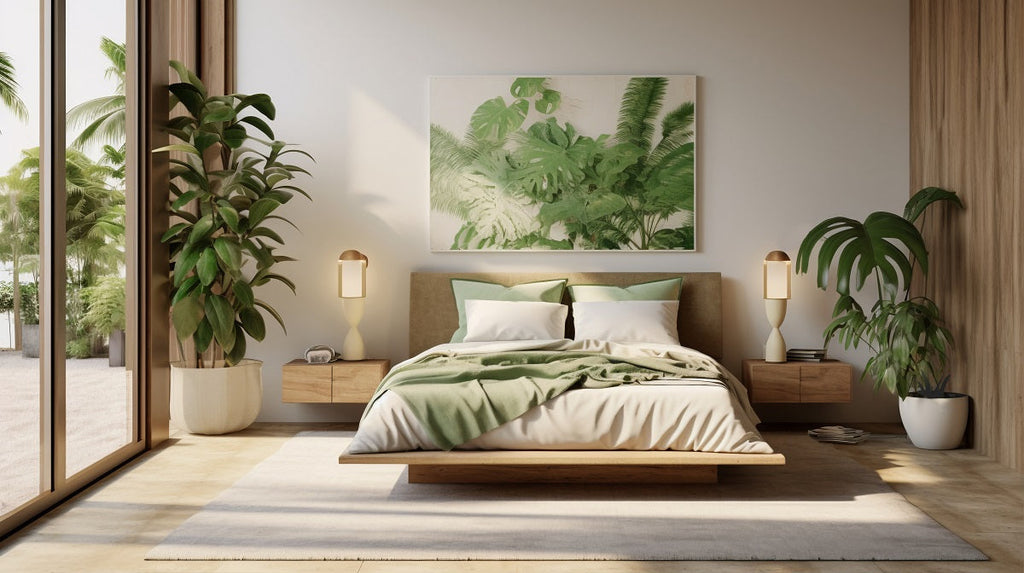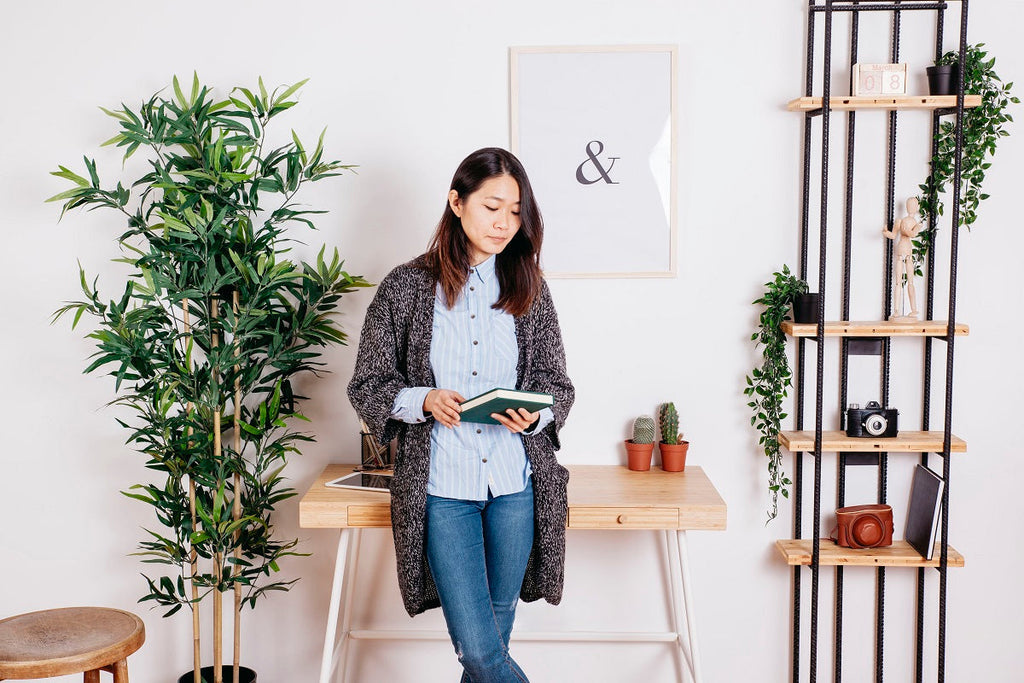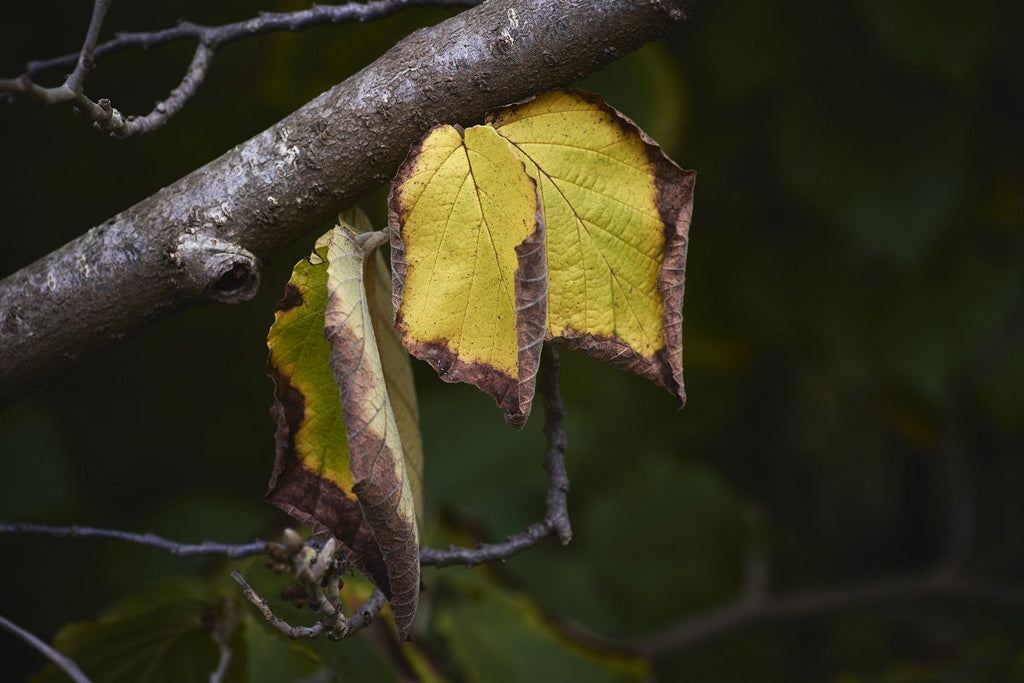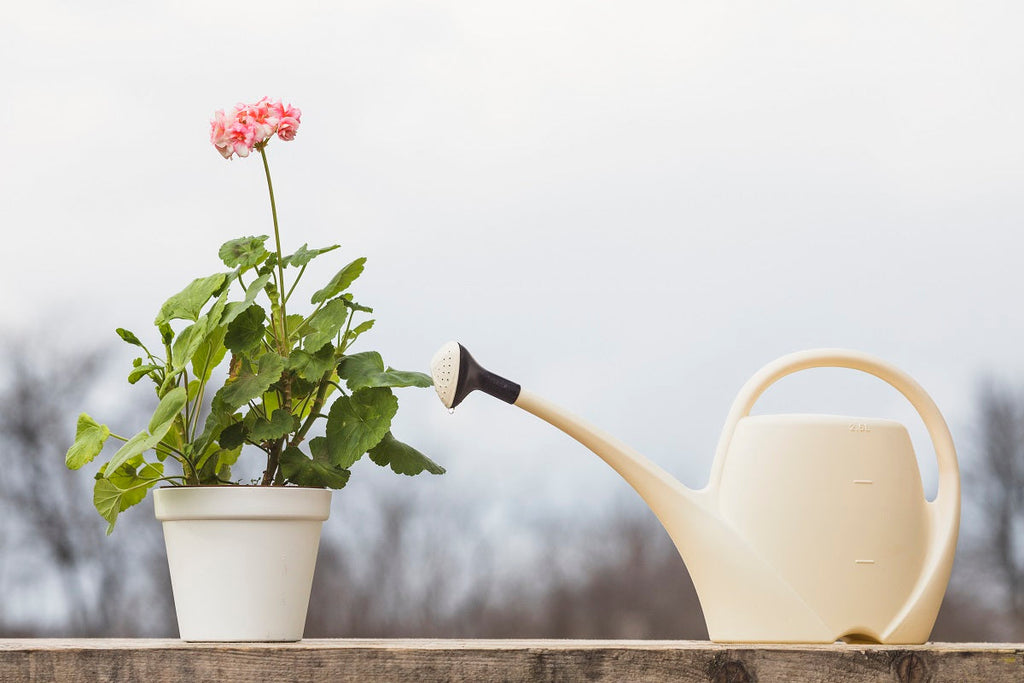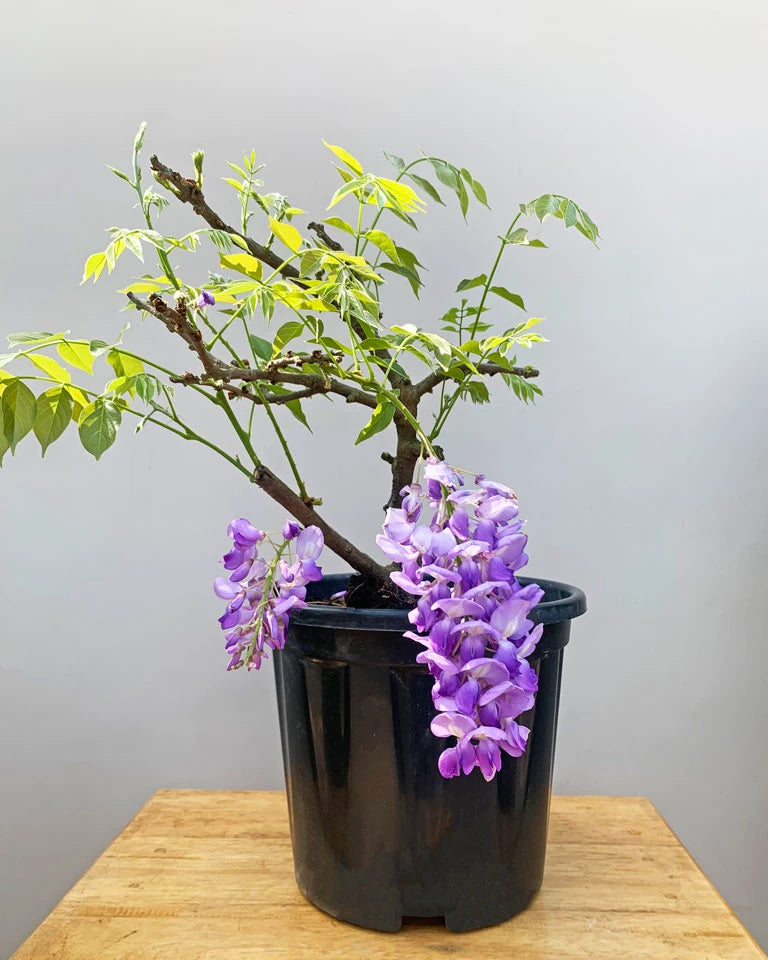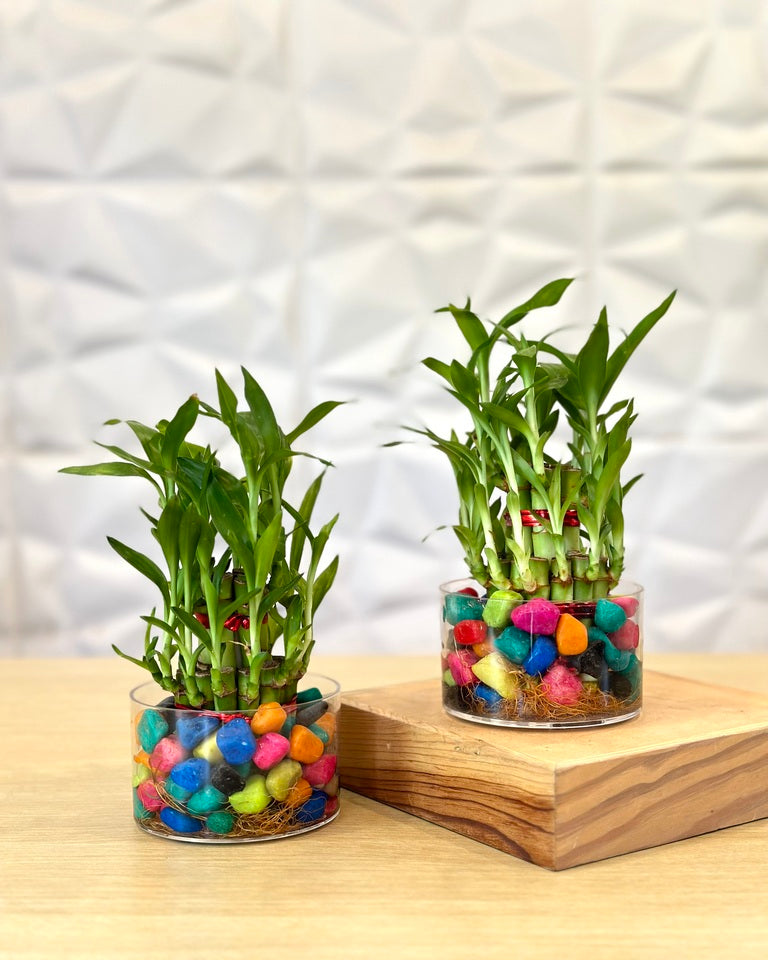
Brighten Your Space with Colorful Houseplants

Plants not only enhance the aesthetic appeal of your living space but also improve air quality and boost your mood. In this blog, we'll explore a variety of colorful houseplants that can brighten any room, along with care tips to keep them thriving.
Introduction

Houseplants have become a staple in interior design, adding life and color to our homes. Among the myriad of plants available, some stand out for their vibrant foliage and flowers. These colorful houseplants can transform any dull corner into a lively, welcoming space. Let's delve into some of the most striking options and how to care for them.
1. Croton (Codiaeum variegatum)
Crotons are known for their stunning, multi-colored leaves that can range from red, yellow, green, to orange. Each leaf is a canvas of color, making this plant a focal point in any room. The leaves are often glossy and have an almost waxy texture, which helps them retain moisture. Crotons can grow up to 6 feet tall in the right conditions, but they are often kept smaller indoors by pruning.
Care Tips:
- Light: Bright, indirect light. Crotons need plenty of light to maintain their vibrant colors. Without adequate light, the leaves can become less colorful.
- Water: Keep the soil evenly moist but not waterlogged. It's important to water regularly, but avoid overwatering as it can lead to root rot.
- Humidity: Prefers high humidity; mist regularly. Crotons thrive in humid environments, so consider placing them in a bathroom or kitchen.
- Temperature: Warm temperatures between 60-85°F (15-29°C). Keep crotons away from cold drafts and sudden temperature changes.
Placement: Ideal as a focal point in living rooms or offices with bright, indirect light.
Highlights:
- Variegated leaves with vibrant colors.
- Great for adding a tropical touch
2. Calathea
The ornamental leaves of calatheas are highly valued for their elaborate patterns and striking shades of deep purple, pink, and green. With patterns that mimic zebra stripes or peacock feathers, the leaves frequently have an eye-catching appearance. The Marantaceae family, commonly referred to as prayer plants, includes caleatheas because of their nocturnal habit of folding their leaves and unfolding them in the morning.
Care Tips:
- Light: Low to medium indirect light. Direct sunlight can scorch the leaves, so it's best to keep calatheas in a shaded spot.
- Water: Keep the soil consistently moist but not soggy. Calatheas are sensitive to the chemicals in tap water, so use distilled or rainwater if possible.
- Humidity: High humidity is essential; use a humidifier or place the plant on a pebble tray. Calatheas thrive in environments with humidity levels above 60%.
- Temperature: Warm temperatures between 65-80°F (18-27°C). Avoid placing them near air conditioners or heaters.
Placement: Perfect for bedrooms or areas with low to moderate indirect light.
Highlights:
- Striking leaf patterns.
- Ideal for low-light areas.
3. Philodendron 'Burle Marx'
With its large, deeply lobed leaves that can reach up to two feet in length, the striking Philodendron 'Burle Marx' is a popular houseplant. The glossy texture and stunning blue-green color of the leaves give any interior space a tropical vibe. This philodendron can flourish in moderate light levels and requires very little maintenance.
Care Tips:
- Light: Moderate indirect light. Avoid direct sunlight, which can scorch the leaves.
- Water: Allow the top inch of soil to dry out between waterings. Philodendrons prefer slightly moist soil.
- Humidity: Prefers moderate to high humidity. Mist the leaves occasionally or use a humidity tray.
- Temperature: Average room temperatures between 65-75°F (18-24°C) are ideal.
Placement: Best placed in areas with moderate indirect light, such as living rooms or home offices.
Highlights:
- Large, glossy blue-green leaves.
- Adds a tropical touch to indoor spaces.
4. Aglaonema Panama
Aglaonema 'Panama' is a variety of Chinese Evergreen prized for its striking, variegated foliage. The leaves are predominantly green with silvery patterns and splashes of pink and red, creating a vibrant contrast. This variety is known for its durability and ability to thrive in low light conditions, making it an excellent choice for offices or rooms with minimal natural light.
Care Tips:
- Light: Low to moderate indirect light. Aglaonemas can adapt to lower light conditions but prefer brighter indirect light for optimal growth.
- Water: Allow the top inch of soil to dry out between waterings. Avoid overwatering, as it can lead to root rot.
- Humidity: Moderate humidity. Aglaonemas can tolerate average indoor humidity levels.
- Temperature: Average room temperatures between 65-75°F (18-24°C).
Placement: Ideal for offices or rooms with low natural light, such as north-facing windows.
Highlights:
- Variegated foliage with various colors.
- Easy-care and adaptable to different light conditions.
5. Red Allamanda
The tropical vine Red Allamanda is renowned for its vivid trumpet-shaped flowers that bloom in shades of pink, orange, and yellow. The vibrant blooms are strikingly contrasted with the glossy, dark green leaves. Because allamanda grows quickly and can spread out, it's perfect for trellises and hanging baskets.
Care Tips:
- Light: Full sun to partial shade. Allamandas thrive in bright light conditions and need at least 4-6 hours of direct sunlight daily.
- Water: Keep the soil evenly moist during the growing season, but allow it to dry out slightly between waterings in winter.
- Humidity: Average indoor humidity levels are sufficient.
- Temperature: Warm temperatures between 65-80°F (18-27°C). Protect from drafts and cold temperatures.
Placement: Suitable for sunny spots like south-facing windows or conservatories.
Highlights:
- Bright, trumpet-shaped flowers.
- Adds a tropical flair to indoor gardens.
6.Anthurium Hookeri
Anthurium hookeri, also known as the Bird's Nest Anthurium, is a tropical plant prized for its dark green, glossy leaves and unique flowers. The flowers are spathe-and-spadix type, similar to other Anthuriums, but Anthurium hookeri has a more compact growth habit and shorter flower spikes. The leaves are deeply lobed and can grow up to 12 inches long, adding a lush, tropical look to any indoor space.
Care Tips:
- Light: Bright, indirect light. Avoid direct sunlight, which can scorch the leaves.
- Water: Keep the soil evenly moist but not waterlogged. Anthuriums prefer slightly moist conditions.
- Humidity: High humidity is beneficial. Mist the leaves regularly or use a humidity tray.
- Temperature: Average room temperatures between 65-80°F (18-27°C).
Placement: Perfect for bathrooms or kitchens with bright, indirect light.
Highlights:
- Unique, compact growth habit.
- Long-lasting, tropical foliage
Caring for Colorful Houseplants

Ensuring that your colorful houseplants thrive involves understanding their specific needs and creating an environment that mimics their natural habitat. Here are some general care tips to keep in mind:
Light Requirements
- Most colorful houseplants prefer bright, indirect light. Too much direct sunlight can scorch their leaves, while too little light can cause them to lose their vibrant colors.
- Rotate your plants occasionally to ensure even growth and coloration.
Watering Tips
- Overwatering is a common mistake. Allow the top inch of soil to dry out between waterings for most plants.
- Use room temperature water and ensure good drainage to prevent root rot.
Humidity and Temperature
- Many colorful houseplants thrive in high humidity. Increase humidity by misting the plants regularly, using a humidifier, or placing a water tray nearby.
- Keep plants away from drafts, radiators, and air conditioners to maintain stable temperatures.
Fertilizing
- During the growing season (spring and summer), feed your plants with a balanced, water-soluble fertilizer every 15 to 30 days.
- Reduce feeding in the fall and winter when plant growth slows down.
Pruning and Maintenance
- Regularly prune dead or yellowing leaves to encourage new growth and maintain the plant's appearance.
- Clean the leaves occasionally to remove dust and allow better light absorption.
Conclusion
Colorful houseplants are a fantastic way to brighten your space and bring a touch of nature indoors. By selecting the right plants and providing proper care, you can enjoy a vibrant, lush indoor garden year-round. Whether you're a seasoned plant parent or a beginner, the variety of colorful houseplants available ensures there's something for everyone to enjoy. Happy planting!










